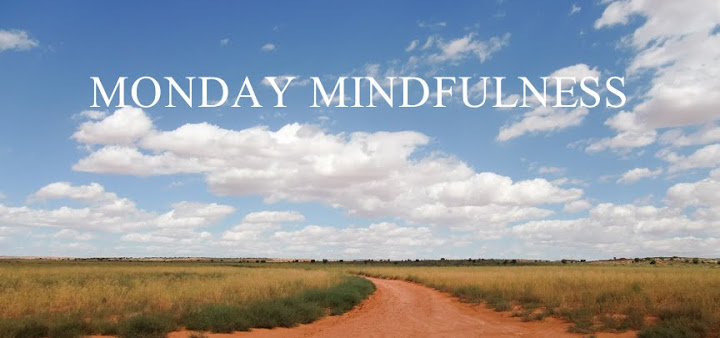Through the discussion of Wise Mindfulness, I've been thinking more
about the common understanding of mindfulness; “paying attention” or “moment-to-moment
non-judgmental awareness.” And the question comes up, “pay attention to what?”
The Buddha gives very clear direction and guidance on exactly this in
his seminal teaching on the Satipatthana
Sutta, The Four Foundations of Mindfulness.
1.
Mindfulness of the body; posture, movement, sensations
2.
Mindfulness of feelings (not emotions); the quality
of experience, whether it’s pleasant, unpleasant, or neutral
3.
Mindfulness of the mind; thoughts and emotions, discerning
the many qualities of mind as they appear. A distracted mind is like this, a
relaxed mind is like this, an angry mind is like this, a happy mind is like
this, etc.
4.
Mindfulness of the Dhammas, or categories of experience; the Five Hindrances, the
Seven Factors of Awakening, the Four Noble Truths, the Eightfold Path, etc.
These guidelines work beautifully as both meditation instructions and
guidance for our daily lives. They are complex in practice and far reaching in
their implications, and deserve much more explanation than I’ve given here.
A less technical description comes from Nyaniponika Thera, the 20thc
renowned Buddhist teacher. He describes mindfulness as “tidying up the mind.” I
love that. Here’s what he says about the process.
If anyone whose mind is not harmonized and controlled through
methodical meditative training should take a close look at his own everyday
thoughts and activities, he will meet with a rather disconcerting sight. Apart
from the few main channels of his purposeful thoughts and activities, he will
everywhere be faced with a tangled mass of perceptions, thoughts, feelings and
casual bodily movements, showing a disorderliness and confusion which he would
certainly not tolerate in his living room. Yet this is the state of affairs
that we take for granted within a considerable portion of our waking life and
our normal mental activity.
from The Vision of Dhamma
In a couple of days I’ll be leaving for a 10-day silent meditation retreat
at Spirit Rock Meditation Center, so this will be the last post for a couple of
weeks. As I prepare to leave and look forward to an extended period of practice
and deep quiet, I've been thinking about how easy it is for the mind to become
scattered, distracted, too full, and just plain messy. I’m ready to tidy up my
mind!
Here, again, is one of my favorite poems. Enjoy.
I go among trees and sit still.
All my stirring becomes quiet
Around me like circles on water.
My tasks lie in their places
Where I left them, asleep like cattle.
Then what is afraid of me comes
And lives a while in my sight.
What it fears in me leaves me,
And the fear of me leaves it.
It sings, and I hear its song.
Then what I am afraid of comes.
I live for a while in its sight.
What I fear in it leaves it,
And the fear of it leaves me.
It sings, and I hear its song.
After days of labor,
Mute in my consternations,
I hear my song at last,
And I sing it. As we sing,
The day turns, and the trees move.
-Wendell Berry

